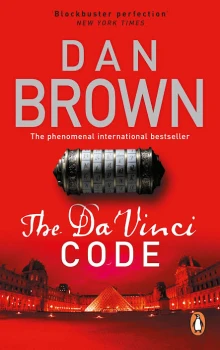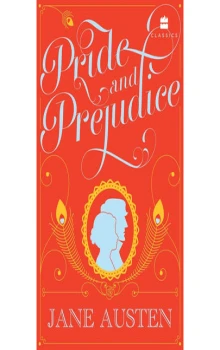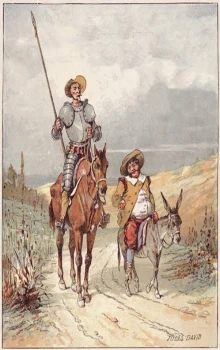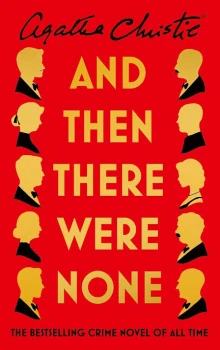Dill left us early in September, to return to Meridian. We saw him off on the five o’clock bus and I was miserable without him until it occurred to me that I would be starting to school in a week. I never looked forward more to anything in my life. Hours of wintertime had found me in the treehouse, looking over at the schoolyard, spying on multitudes of children through a two-power telescope Jem had given me, learning their games, following Jem’s red jacket through wriggling circles of blind man’s buff, secretly sharing their misfortunes and minor victories.
I longed to join them.
Jem condescended to take me to school the first day, a job usually done by one’s parents, but Atticus had said Jem would be delighted to show me where my room was. I think some money changed hands in this transaction, for as we trotted around the corner past the Radley Place I heard an unfamiliar jingle in Jem’s pockets. When we slowed to a walk at the edge of the schoolyard, Jem was careful to explain that during school hours I was not to bother him, I was not to approach him with requests to enact a chapter of Tarzan and the Ant Men, to embarrass him with references to his private life, or tag along behind him at recess and noon. I was to stick with the first grade and he would stick with the fifth. In short, I was to leave him alone.
“Mean we can’t play any more?” I asked.
“We’ll do like we always do at home,” he said, “but you’ll see—school’s different.”
Miss Caroline began the day by reading us a story about cats. The cats had long conversations with one another, they wore cunning little clothes and lived in a warm house beneath a kitchen stove. By the time Mrs. Cat called the drugstore for an order of chocolate malted mice the class was wriggling like a bucketful of catawba worms. Miss Caroline seemed unaware that the ragged, denim-shirted and floursack-skirted first grade, most of whom had chopped cotton and fed hogs from the time they were able to walk, were immune to imaginative literature.
Miss Caroline came to the end of the story and said, “Oh, my, wasn’t that nice?” Then she went to the blackboard and printed the alphabet in enormous square capitals, turned to the class and asked, “Does anybody know what these are?” Everybody did; most of the first grade had failed it last year.
We saw most of the town children dozing at their desks, others with their eyes open, staring straight ahead with a combination of boredom and alertness. The entire bus delegation was having a difficult time standing still, while a couple of the Radley kids looked on, curious, as always. I wondered what they were thinking, but they never did tell.
As I was taking in the general stir, Miss Caroline called our attention to the blackboard and announced that today we would learn about the Dewey Decimal System. She showed us cards with words printed on them and expected us to understand the connection between these words and the books in the school library.
Jem leaned over to me and whispered, “That’s the most sense I ever heard of, Scout.” I whispered back, “I don’t know what you’re talking about.” And Jem said, “The Dewey Decimal System, of course.”
“Everybody who goes home to lunch hold up your hands,” said Miss Caroline, breaking into my new grudge against Calpurnia.
The town children did so, and she looked us over.
“Everybody who brings his lunch put it on top of his desk,” Miss Caroline said.
After a few minutes of silence, Miss Caroline said, “Now, Walter, I see you don’t have your lunch. Who does?”
Walter looked straight ahead. I saw a muscle jump in his skinny jaw.
“Did you forget your lunch this morning?” asked Miss Caroline.
“Yeb’m,” he finally mumbled.
Miss Caroline went to her desk and opened her purse. “Here’s a quarter,” she said to Walter. “Go and eat downtown today. You can pay me back tomorrow.”
Walter shook his head. “Nome thank you ma’am,” he drawled softly.
Impatience crept into Miss Caroline’s voice: “Here Walter, come get it.”
Walter shook his head again.
I rose graciously on Walter’s behalf: “Ah—Miss Caroline?”
“What is it, Jean Louise?”
Miss Caroline picked up her ruler, gave me half a dozen quick little pats, then told me to stand in the corner. A storm of laughter broke loose when it finally occurred to the class that Miss Caroline had whipped me.
When Miss Caroline threatened it with a similar fate the first grade exploded again, becoming cold sober only when the shadow of Miss Blount fell over them.





